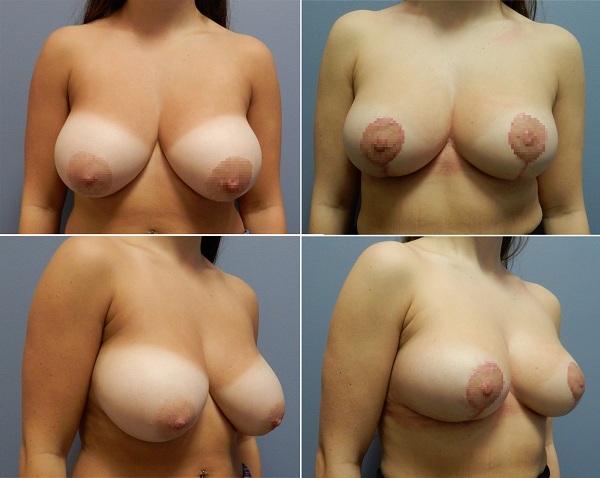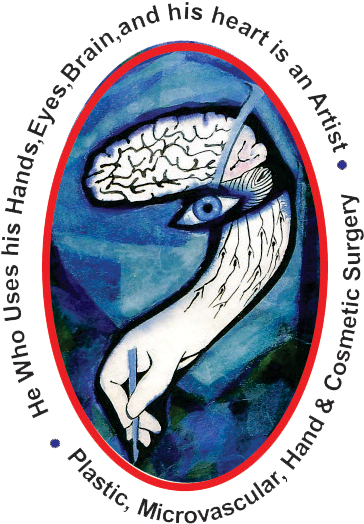Breast Lifts (Mastopexy)
If you’re considering a surgical breast lift, one way to see if it might help you is to put a pencil under your breast and see if it stays there. If it does, a breast lift might be an option.
The most common breast lift operation, called mastopexy, repositions the nipple higher on the chest wall. Women usually get this procedure on an outpatient basis, meaning there’s no overnight stay. It takes about three hours and is usually done under general anesthesia.
Some women also get breast implants at the same time as their breast lift.
Your surgeon should describe your options and explain the procedure in detail.
As you get older, your breasts change — losing elasticity and firmness. There are many causes for these kinds of breast changes, including:
- Pregnancy. During pregnancy, the ligaments that support your breasts might stretch as your breasts get fuller and heavier. This stretching might contribute to sagging breasts after pregnancy — whether or not you breast-feed your baby.
- Weight fluctuations. Changes in your weight can cause your breast skin to stretch and lose elasticity.
- Gravity. Over time, gravity causes ligaments in the breasts to stretch and sag.
A breast lift can reduce sagging and raise the position of the nipples and the darker area surrounding the nipples (areolae). The size of the areolae can also be reduced during the procedure to keep them in proportion to the newly shaped breasts.


